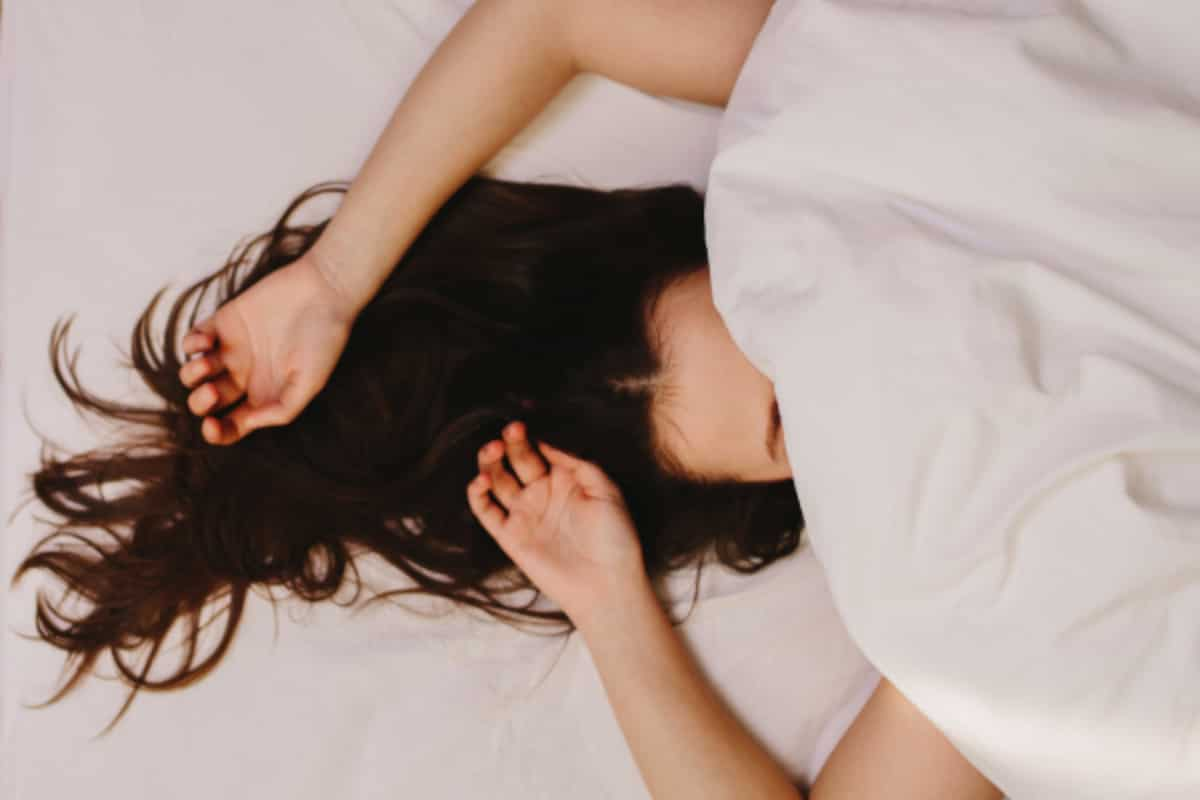Undermining the Power of Hot Flashes to Ruin Sleep

At the Translational Science Symposium on Midlife Wellbeing held in advance of the 2021 Annual Meeting of the North American Menopause Society, expert Dr. Rebecca C. Thurston, Pittsburgh Foundation Chair and Professor of Psychiatry, Psychology, and Epidemiology at the University of Pittsburgh, shared with healthcare providers the connection between hot flashes and sleep and the implications for women’s health as well as evidence-based treatments for hot flashes and sleep disturbance with a focus on menopause-specific behavioral approaches. Dr. Thurston also offered women strategies to reduce the impact of hot flashes during the day and when sleeping.
The Hot Flash-Sleep Connection
Most women transitioning through menopause will experience menopausal symptoms, such as hot flashes, night sweats, and sleep disturbance. In fact, up to 70% of women will have hot flashes and night sweats, with 30% having frequent and severe hot flashes. African-American women are particularly vulnerable to having more frequent and severe hot flashes. For many women, hot flashes can last for 7-10 years.
About half of women report sleep problems related to hot flashes and night sweats, such as trouble falling asleep, waking up during the night, or waking up earlier than expected. Although the precise nature of the relationships between hot flashes and sleep is complex, hot flashes are likely a key contributor to poor sleep during the menopause transition.
Hot flashes and poor sleep can impact women’s ability to function well and are consistently associated with poorer mental, physical, and social quality of life. Hot flashes increase the risk for mental health problems, such as depression and anxiety, and some research even links them to physical health problems, such as cardiovascular disease risk.
Cool Off For A Better Night’s Sleep
Effective treatments for hot flashes and poor sleep, including prescription therapies and behavioral options, are available. However, many women with hot flashes and/or poor sleep during the menopause transition go untreated, with implications for their lives and functioning. Often, this is because women and healthcare providers are unaware of the range of evidence-based holistic options available, nor have the tools easily accessible.
Several behavioral strategies you can use on your own to get relief from hot flashes include:
Cognitive Behavioral Therapy (CBT) for Hot Flashes
CBT is a four to six-week program that focuses on the links between physical symptoms, thoughts, feelings, and behavior. The way we think about symptoms in certain situations tends to affect the emotions we feel and what we do, and these reactions can, in turn, increase the intensity of the hot flashes.
CBT has been shown to reduce the impact of hot flashes and night sweats. It works by changing women’s perception of hot flashes and teaching valuable coping skills for use in daily life.
CBT for Insomnia
Similar to CBT for hot flashes, this is a brief program that also helps us understand how behaviors and thoughts can interfere with sleep, and how to address these things. It is one of the most effective ways to treat insomnia at any time of life.
Mindfulness Meditation
This popular strategy for self-care and mental health has been shown to be an effective method to reduce the bothersome nature of hot flashes and improve sleep.
Therapist / Clinician Support
If you are struggling with hot flashes and poor sleep, don’t suffer in silence. The North Menopause Society provides a handy online directory where you can search for a Certified National Menopause Provider in the U.S. Other countries may provide a similar tool. If there isn’t a menopause provider in your area, don’t be discouraged. Many providers now provide virtual therapy and healthcare services, and they may be reimbursed by your insurance.
Don’t underestimate the power of these behavioral techniques to help you manage hot flashes and poor sleep. It may take a few weeks before you start to notice results so don’t give up too soon. You may find benefits in other areas of your life too!
This information was presented at the Translational Science Symposium “Charting the Path to Health in Midlife and Beyond: The Biology and Practice of Wellness” held in advance of the 2021 Annual Meeting of The North American Menopause Society in Washington, DC. Excerpts from the Translational Science Symposium are presented as part of the Live From #NAMS2021: The Latest Breakthroughs in Women’s Midlife Wellness series published by Women Living Better and Lisa Health with permission from NAMS.
Sign up for more unique women’s health content
By submitting this form, you agree to the Lisa Health Privacy Policy and Terms of Use


